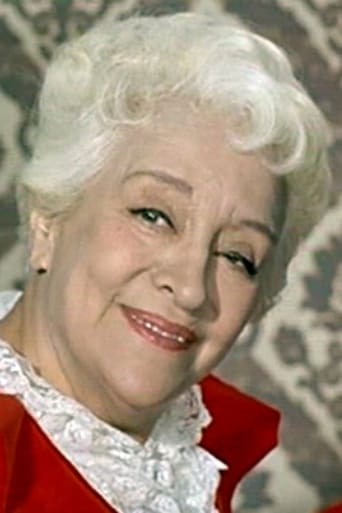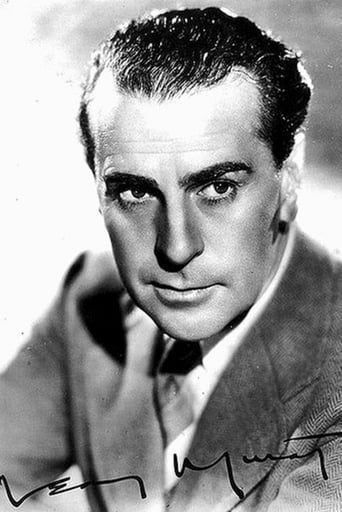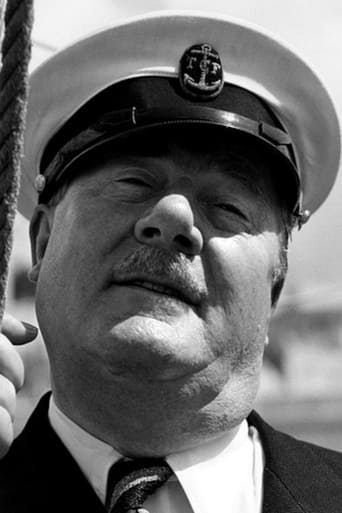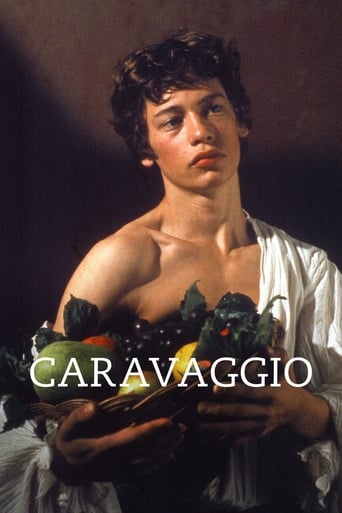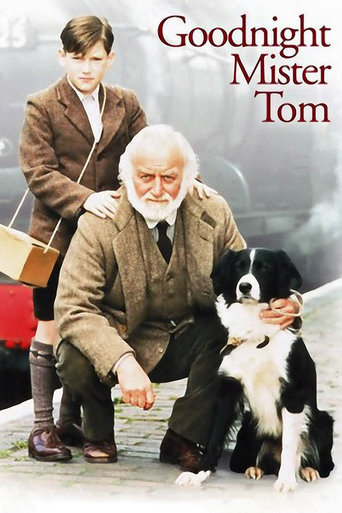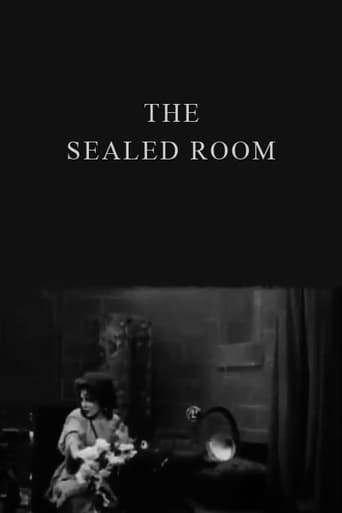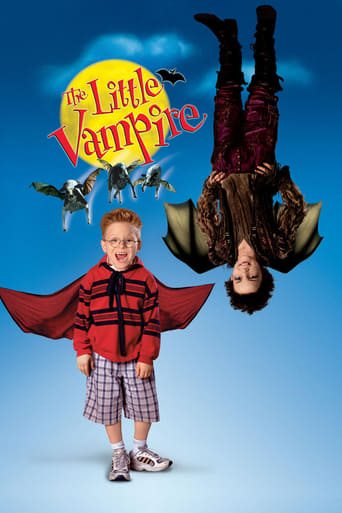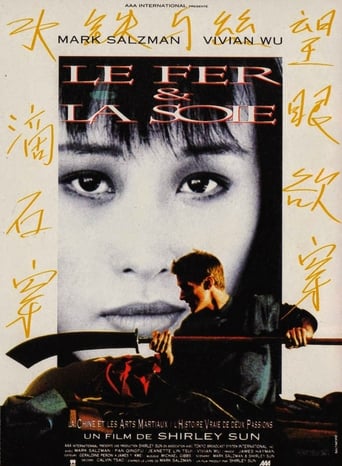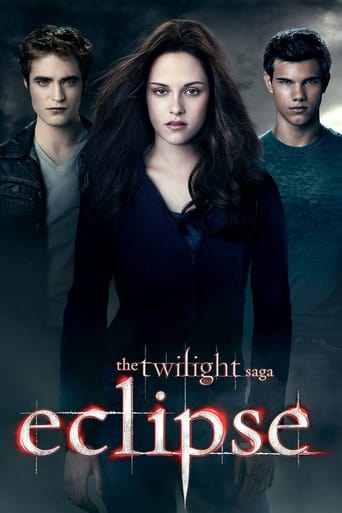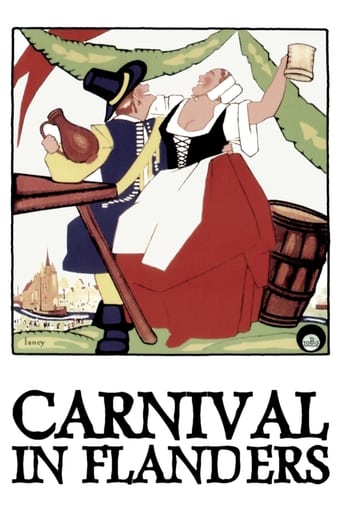
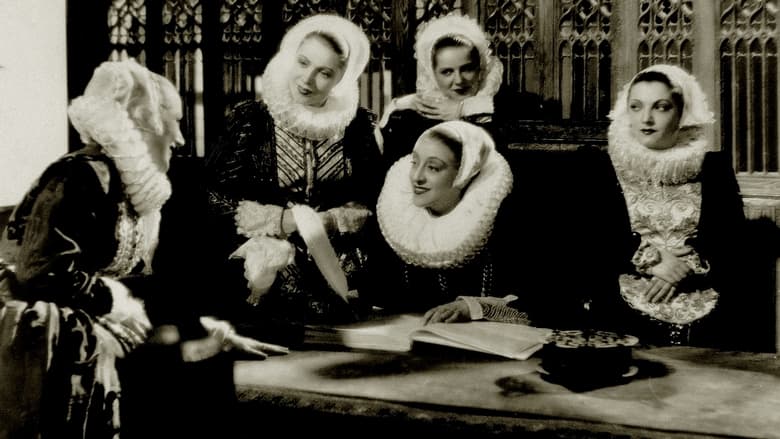
Carnival in Flanders (1935)
Flanders, Hispanic Monarchy, 1616. The inhabitants of the small town of Boom are busy organizing the annual local festivities when the arrival of the Duke of Olivares, who rules the country on behalf of the King Philip III of Spain, is announced. While the male citizens cowardly surrender to panic like rats on a sinking ship, the brave female citizens, led by the bold wife of the burgomaster, decide to become the best hosts the Spaniards can ever meet.
Watch Trailer
Cast
Similar titles
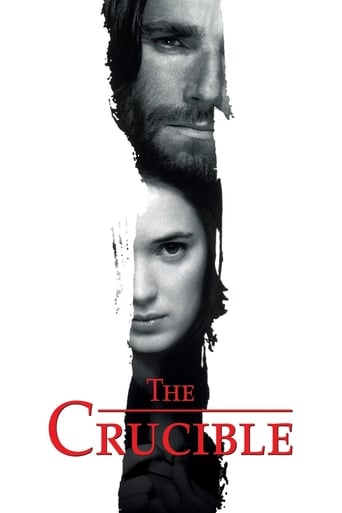
Reviews
Pretty Good
Excellent characters with emotional depth. My wife, daughter and granddaughter all enjoyed it...and me, too! Very good movie! You won't be disappointed.
The story, direction, characters, and writing/dialogue is akin to taking a tranquilizer shot to the neck, but everything else was so well done.
It is an exhilarating, distressing, funny and profound film, with one of the more memorable film scores in years,
"Carnival in Flanders" (1935) is both an elaborate historic period film, and a clever comedy. The costumes and sets were inspired by Flemish Renaissance paintings.Set in the year 1616, the Spanish army plans to invade the Flemish town of Boom. Most of the men hide. However, the women of Boom, led by the burgomaster's wife Cornelia, protect their village by using their feminine charm and hospitality. Cornelia invites the handsome Spanish duke and his officers to a fancy banquet at the burgomaster's house. There is also a festival with music, song and folk dance at the local inn for the soldiers. The dialog is witty and clever.There is a subplot of a romance between the burgomaster's daughter Siska, and her painter boyfriend. Her boyfriend is Jan Brueghel the Younger, who was an actual Flemish painter.The costumes and sets reflect the art of various Flemish Renaissance painters. Each scene in the film looks like a Flemish painting. The scenes are similar to the paintings of Jan Brueghel the Elder, Jan Brueghel the Younger, Pieter Brueghel the Elder, Frans Hals, Jacob Jordaens, Johannes Vermeer, and other artists.The village of Boom is very picturesque, with a canal, windmills and historic buildings with towers. There are some lovely scenes of boats on the canal in the moonlight.The costumes are extravagant. The wealthy men and women wear black clothes with large white ruffs around the neck. The peasant women wear native folk dress with caps.The film has a cast of hundreds. In one scene, the women of Boom graciously welcome the Spanish army, who arrive on horseback in a long procession. The army is led by drummers, and the soldiers wear gleaming armor.This is a witty, artistic film. It won numerous awards. I hope a DVD is released soon.
After sixty years what is still most striking about this film are the evocations of Flemish Art from the opening scene in a market place crowded with Brueghel figurines to the subsequent groupings of the good burghers of Boom in the style of Rembrandt and the Rubenesque womenfolk. Charles Spaak turned in his usual reliable script and Jacques Feyder filmed it more than competently with his wife, Francoise Rosay in a key role. Louis Jouvet is the class act, not unusually but the plot is a little creaky - it failed as a Musical on Broadway in the early fifties where it played under the title Carnival In Flanders and left in its wake an enduring standard 'Here's That Rainy Day'. Certainly worth another look.
The women hold a big banquet and all of the Spanish officers are invited. However, one of them is not interested and prefers to stay indoors and do his needlepoint. One of the village men is also not interested so the officer invites him to bring out his knitting. They discuss what kind of stitches to use and the officer opines that a particular stitch feels nicer on the leg.The scene is perfectly innocent, but how interesting that already in 1935 they had the idea that maybe not all of the soldiers wanted to be seduced by women! And they actually dared to put the scene in! :)The question of just what the Mayoress has done with the Duke is left unsaid, but probably also would never have passed the Hays Office in Hollywood.
A fun and charming film, but pretty forgettable. I watched it as the first part of a double feature (the second film being Mildred Pierce), and I hardly remember a thing about it. The story concerns the people of Flanders who have to deal with a Spanish invasion (the year is 1616). They are peaceful people and the Spanish are not. The mayor and other regents of the city are sure that there will be rape and bloodshed everywhere. Most of them want to flee. The mayor's wife and the other women don't like their husbands' cowardice. They try to think of a way to avoid violence. When the Spanish arrive, the men are mostly hiding and the mayor is playing dead. The women charm them. The Duke of the Spaniards is attracted to the mayor's wife. Meanwhile, there's a cute little love subplot between an artist and the mayor's daughter. Her father wants her to marry a man of higher class, but her mother perfectly loves the romantic artist. Through the film, she contrives a way for the two to get married without the mayor's approval. There are many better films to search out and watch, but if you think you've seen everything else, I guess this is okay to see. 7/10.
